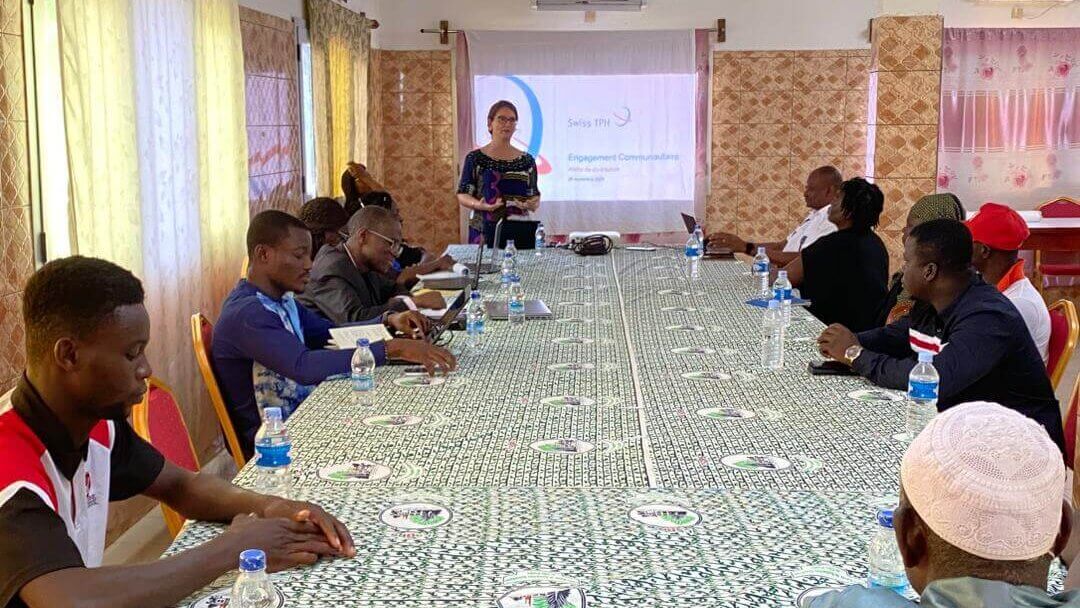A co-creation workshop was held on September 26, 2025, in Taabo, Côte d’Ivoire, to develop a community engagement strategy tailored to the local context so that bite victims can quickly go to a health center that offers post-exposure vaccination. This workshop is part of the GAVI-PEP-PEV project, which aims to strengthen the fight against serious diseases such as rabies by making post-exposure prophylaxis (PEP) vaccines more accessible to the population. It will lead to the development of a preliminary action plan for a community engagement strategy to combat rabies. The project was initiated by the Swiss Tropical and Public Health Institute (Swiss TPH), a long-term partner of the Centre Suisse de Recherche Scientifique en Côte d’Ivoire (CSRS) and Afrique One, with the support of GAVI. The co-creation workshop brought together the Institut National de l’Hygyène Public (INHP), the Directorate of Veterinary Services, researchers, and, most importantly, representatives of the local community.
Community engagement can save lives, because the best solutions come from understanding and mobilizing all local stakeholders: dog owners, parents, teachers, health workers, and community leaders. The approach used, Human-Centered Design (HCD), allows for the co-creation of realistic and sustainable responses with the communities themselves.
“In raising awareness, we must give a more active role to the population, to those who are listening to the message. Inform, consult, involve, and collaborate. And the most profound stage of community engagement is empowerment.” — Dr. Kathrin Heitz-Tokpa, Program Manager at Afrique One at CSRS.
In Côte d’Ivoire, rabies continues to kill people. The INHP, the organization responsible for combating human rabies, records an average of 14,000 dog bites and 20 deaths from rabies per year. Children under the age of 15 account for nearly half (47.97%) of rabies-related deaths, and men account for more than 66.22% of reported cases of human rabies. However, human rabies surveillance data are incomplete, and not all cases, or even deaths, are accounted for due to difficulties in diagnosis, case reporting, and healthcare-seeking behavior.

Rabies can be prevented if dogs are vaccinated and if, in the event of a bite, victims quickly go to a health center to receive post-exposure treatment. “Unfortunately, it’s not so easy to get the message across to the population so that they know what to do in the event of a bite from a rabid dog.” — Dr. Kathrin Heitz-Tokpa.
Faced with this situation, the stakeholders attending the workshop exchanged ideas and proposed solutions adapted to the local context to encourage bite victims to visit a health center offering post-exposure treatment.


